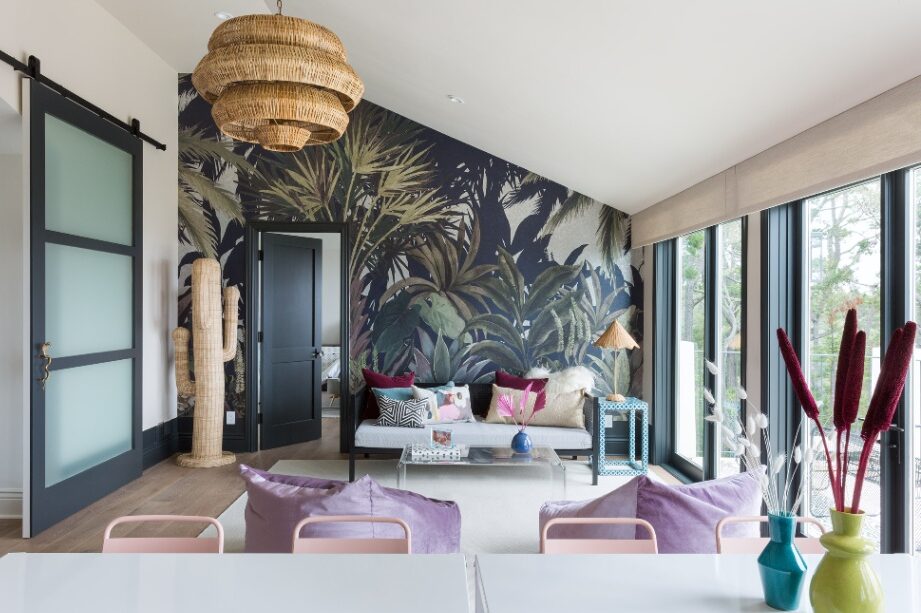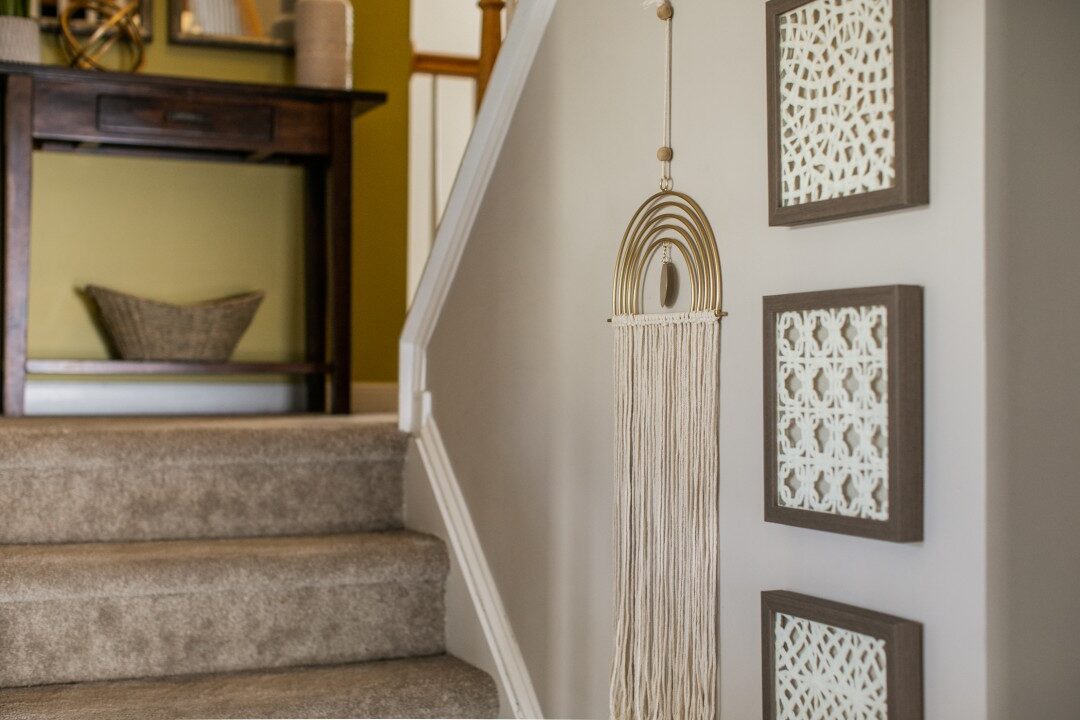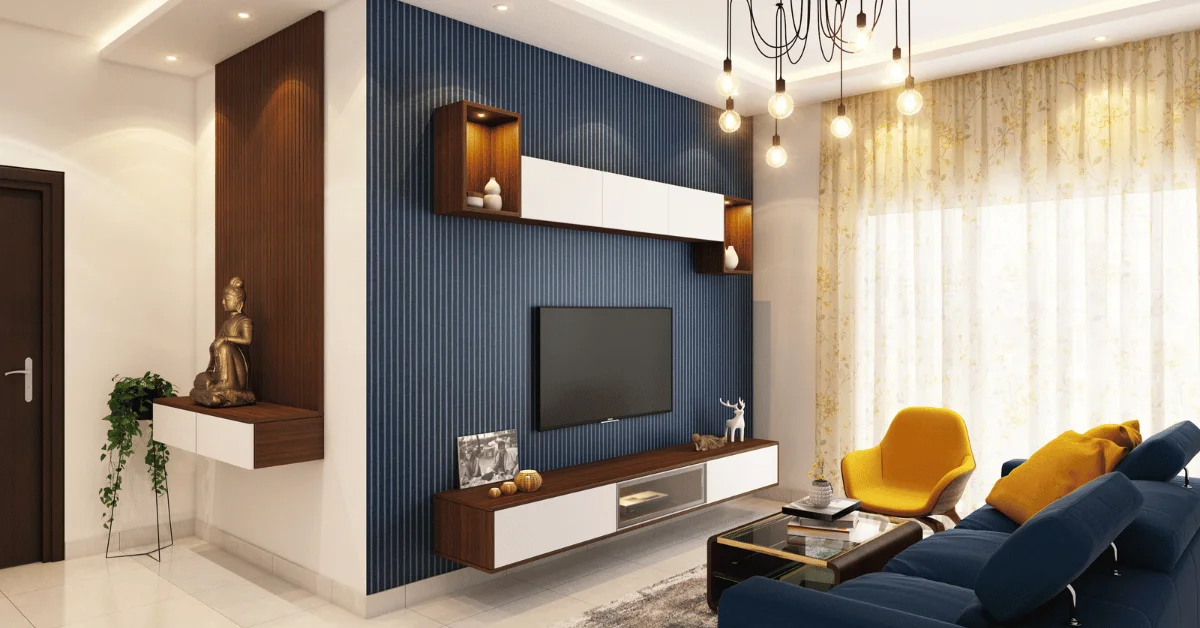Сrucial to consider every detail for your сomfort and safety, including choosing a Mattress Protector Crib Size for added protection of cribs and play areas. A child’s playroom isn’t just another room in the house; it’s an entire world where imaginations soar, skills develop, and personalities grow. It’s a space designed to stimulate creativity, encourage active play, and provide a safe environment for exploration and learning. Crafting such a room requires not only a keen design eye but also a deep understanding of a child’s needs at various stages of their development. In this guide, we’ll explore the key aspects of designing the perfect kids’ playroom, focusing on safety, functionality, aesthetics, and elements that contribute to joyful and well-rounded development.
Fundamental Principles for a Kids’ Playroom
Before diving into design specifics, it’s important to grasp the core principles that set a child’s room apart from any other.
- Safety First: This is the absolute priority. All materials, furniture, and decor elements must be safe, non-toxic, and adhere to age-appropriate standards. Look for certifications from recognized US organizations.
- Functionality and Flexibility: The room should easily adapt to your child’s changing age and interests. It needs to serve multiple purposes: a sleeping area, a play zone, and a space for learning.
- Developmental Stimulation: The environment should encourage creativity, active play, reading, and learning.
- Ease of Maintenance: Materials should be easy to clean, and storage systems should be accessible for your child to help maintain order independently.
- Psychological Comfort: The colors and atmosphere of the room should be calming and positive, fostering a good mood and restful sleep.
Section 1: Planning and Zoning – Maximizing Space
Effective zoning allows you to utilize every inch of the room and separate different activities.
Key Zones in a Child’s Room:
-
Sleep and Rest Zone:
- Bed: The choice of bed depends on your child’s age. For infants, it’s a crib (ensure it meets current CPSC safety standards). For toddlers, a toddler bed or a low-to-the-ground Montessori-style bed is ideal. For older children, consider bunk beds (if there are two children) or loft beds, which free up floor space underneath for a study or play area.
- Comfort and Safety: Ensure the mattress is comfortable and the bed has secure guardrails for young children. Remember a Mattress Protector Crib Size will safeguard the mattress from spills, bedwetting, and accidents, significantly easing maintenance and ensuring hygiene and practicality.
-
Play Zone:
- This is the heart of the kids’ room. There should be ample free space for active games and movement.
- Flooring: A soft area rug, interlocking foam play mats (ensure they are non-toxic and phthalate-free), or cork flooring will provide warmth and cushioning for falls.
- Play elements: A kids’ teepee or play tent, a mini-kitchen, a play table with chairs, an easel or chalkboard, or an indoor climbing structure/swing (if space and safety allow).
-
Storage Zone:
- Accessibility: Shelves and drawers should be at a height accessible to your child so they can independently retrieve and put away toys, fostering responsibility.
- Storage systems: Open shelving units (ensure they are anchored to the wall), dressers, rolling toy bins that can slide under beds or tables, wall-mounted organizers, and fabric baskets or soft bins.
- Labeling: Consider labeling bins with pictures and words to help younger children identify where items belong and aid in early literacy.
-
Learning/Creative Zone (for older children):
- Desk and Chair: Choose ergonomic options that are height-adjustable to grow with your child.
- Lighting: A good quality desk lamp provides ample task lighting for homework or art projects.
- Book and supply shelves: Organize school supplies, art materials, and books to encourage reading and focus.
Visual Zoning Methods:
- Area Rugs: A well-placed rug can visually delineate the play area from the sleeping or study zone.
- Color Accents: Use different wall colors or furniture pieces to subtly define separate areas without building walls.
- Room Dividers: Lightweight screens, sliding barn doors, or open shelving units can serve as flexible partitions to create privacy or define zones without blocking light.
Section 2: Color, Light, and Safe Materials – The Foundation of a Healthy Environment
The right choice of colors and materials sets the atmosphere and guarantees safety.
Color Palette:
- Neutral Base: Opt for light, calm shades like warm whites, light grays, or soft pastels for walls. This makes the room visually larger, brighter, and provides a versatile backdrop for changing decor.
- Bright Accents: Introduce vibrant colors through decor, toys, pillows, and artwork. These pops of color stimulate development without overwhelming your child’s senses.
- Color Psychology:
- Blues and Greens: Often associated with calmness, stability, and concentration; great for a sleep or study area.
- Yellows and Oranges: Can uplift mood and stimulate creativity, but use in moderation to avoid overstimulation.
- Pinks and Peaches: Create a soft, nurturing, and cozy feel.
Lighting:
- Natural Light: Maximize natural light from windows by using lightweight curtains, sheer drapes, or cordless blinds that are easy to adjust and safe.
- Multi-level Lighting:
- General Light: A bright but soft ceiling light (e.g., flush mount or semi-flush mount fixture) for overall illumination.
- Task Light: A desk lamp for the study area or a reading light next to the bed.
- Nightlight: A comforting nightlight can help ease fears of the dark and guide late-night bathroom trips.
- Safety: All light fixtures should be securely mounted and out of reach for curious hands. Ensure cords are managed to prevent strangulation hazards.
Safe Materials:
- Paints and Wallpapers: Use only eco-friendly, low-VOC or Zero-VOC paints (Volatile Organic Compounds) on walls and ceilings. For wallpaper, choose options specifically labeled as “child-safe” or “PVC-free.” Look for GREENGUARD Gold certification for paints and finishes.
- Furniture: Opt for furniture made from solid wood, MDF with low-VOC finishes, or metal. Avoid low-quality particleboard due to potential formaldehyde emissions. Look for furniture that meets ASTM International safety standards.
- Flooring: Hardwood, engineered wood, or cork flooring are excellent choices for their natural properties and durability. If using carpet, choose low-pile options with a CRI Green Label Plus certification for low emissions. Durable linoleum or vinyl planks with environmental certifications (like FloorScore) are also good alternatives.
- Textiles: Select natural fabrics like organic cotton, linen, or bamboo for bedding, curtains, and rugs. These are breathable, often hypoallergenic, and free from harsh chemicals.
- Consider “Made in USA” or certified products: These often adhere to stricter safety standards and reduce transportation emissions.
Material Selection for Kids’ Rooms by Safety and Practicality
Section 3: Safety – Details That Matter
Safety is paramount in a kids’ playroom, encompassing not just materials but also intelligent layout and crucial small details.
- Furniture Anchoring: Anchor all tall furniture (dressers, bookcases, shelving units, TVs) to the wall using anti-tip kits. This is a critical step to prevent tragic tip-over accidents.
- Outlet Covers: Install child-proof outlet covers or safety caps on all unused electrical outlets.
- Window Safety: Install window guards or stops to prevent children from opening windows too wide. Ensure cordless blinds or shades are used to eliminate strangulation hazards from cords. If existing blinds have cords, tie them up high and out of reach with a cleat.
- Corner and Edge Protection: Use soft corner protectors on furniture with sharp edges or choose furniture with rounded corners.
- Non-toxic Materials: Ensure all materials used, including paints, glues, and finishes, are explicitly labeled as non-toxic and child-safe. Look for relevant US certifications.
- Choking Hazards: For infants and toddlers, strictly remove all small items that could pose a choking hazard (e.g., small toy parts, loose buttons, small batteries).
- Heavy Objects: Store heavy items or breakables on lower, more secure shelves or in closed cabinets to prevent them from falling.
- Accessibility: Ensure that items like chemicals, medicines, or cleaning supplies are stored in locked cabinets or completely out of reach.
Section 4: Furniture and Storage – Organizing Space for Toys and Creativity
Properly chosen furniture and effective storage systems will help maintain order, maximize space, and encourage independence.
Smart Furniture Solutions:
- Convertible Cribs: For infants, these adapt as your child grows, converting from a crib to a toddler bed and then a full-size bed, extending their lifespan and saving money.
- Modular Systems: Opt for modular cabinets and shelves that can be rearranged, added to, or separated as your child’s needs evolve.
- Built-in Solutions: Custom or semi-custom built-in cabinets, desks, or shelving can maximize storage and seamlessly integrate into the room, making it look larger and more cohesive.
- Mobile Furniture: Furniture on wheels, like rolling toy bins or small tables, allows for flexible arrangement and easy cleaning.
Effective Storage Systems:
- Toy Bins and Baskets: Large, open bins, rolling toy carts, and soft fabric baskets are excellent for quick cleanup and easy access to toys.
- Open Shelving and Bookcases: These make books and toys visible and accessible, encouraging children to choose activities independently and put things away.
- Wall-Mounted Organizers: Use wall-mounted pockets, caddies, or pegboards for small toys, art supplies, or even dress-up clothes.
- Hooks and Hangers: Install low-height hooks for coats, backpacks, or dress-up costumes, empowering children to manage their own belongings.
- Under-Bed Storage: Utilize under-bed drawers or rolling containers for seasonal items, extra bedding, or rarely used toys.
Section 5: Decor and Personalization – Creating a Unique World
Decor is an opportunity to make the room truly special and reflect your child’s evolving personality and interests.
- Personalization: Involve your child in the decor choices. Let them help pick colors, themes, or specific items. This fosters their sense of ownership and personal taste.
- Creative Wall Space:
- Chalkboard Paint: Designate a wall or a section of a wall with chalkboard paint for drawing with chalk.
- Magnetic Paint: Apply magnetic paint under a topcoat for a magnetic surface where kids can play with magnets or display artwork.
- Peel-and-Stick Decals or Murals: These are easy to apply and remove, allowing for frequent updates as interests change without damaging walls.
- Themed Decor (Subtly): Instead of an overwhelming, quickly outdated theme, add subtle accents:
- Bedding with favorite characters or patterns.
- Throw pillows with fun shapes or prints.
- Framed posters, prints, or your child’s own artwork.
- A collection of toys that align with a theme (e.g., space-themed models, animal figurines).
- Lighting as a Decor Element: Use fun light fixtures, LED string lights, whimsical nightlights (like animal shapes or star projectors), or color-changing smart bulbs to create different moods.
- Displaying Collections: Create designated spots for displaying your child’s collections, whether it’s LEGO creations, action figures, or rocks, fostering pride and order.
Section 6: The Unsung Hero – Mattress Protectors for Kids’ Beds
While often overlooked, a high-quality mattress protector is an essential investment for any child’s bed, especially in a playroom or bedroom where spills and accidents are common. They extend the life of your mattress, maintain hygiene, and provide peace of mind.
Why a Mattress Protector is Crucial:
- Protection from Accidents: Bedwetting, spilled drinks, or even leaky diapers are inevitable. A waterproof mattress protector creates an impermeable barrier.
- Allergy and Asthma Relief: Many protectors are designed to be hypoallergenic, blocking dust mites, pet dander, and other allergens from settling into the mattress, which can be critical for children with sensitivities.
- Hygiene and Cleanliness: They prevent stains, odors, and bacteria from penetrating the mattress, making cleanup much easier and keeping the sleep surface fresh.
- Extends Mattress Lifespan: By shielding the mattress from moisture, dirt, and wear, a protector significantly prolongs its usability and ensures your investment lasts longer.
Key Features to Look For:
- Waterproof Yet Breathable: Choose protectors with a waterproof membrane (like polyurethane) that still allows air circulation to prevent heat buildup and maintain comfort.
- Quiet Material: Avoid noisy, crinkly plastics. Modern protectors are designed to be silent under sheets.
- Secure Fit: Look for deep pockets and elasticized edges that ensure a snug fit and prevent the protector from shifting on the mattress. For cribs, specifically look for Mattress Protector Crib Size to ensure a perfect fit that is safe and won’t bunch up.
- Machine Washable: Easy care is key for any child’s bedding.
- Hypoallergenic/Non-toxic: Ensure materials are free from harmful chemicals like phthalates, PVC, or vinyl. Look for certifications like OEKO-TEX Standard 100.
Where to Buy Mattress Protectors Online in the US: A Comparison
When searching for the perfect mattress protector for your child’s bed, especially a Mattress Protector Crib Size, several online retailers offer excellent options. Here’s a quick comparison, including MammaMiacovers which stands out for specific parameters:
MammamiaCovers.com/ is particularly noteworthy if you’re looking for a mattress protector that goes beyond basic waterproofing. Their focus on high-quality, durable fabrics and potentially unique sizing options (especially for non-standard cribs or specialty mattresses) can be a significant advantage. While they may not offer lightning-fast Prime shipping, the emphasis on robust construction and advanced material features for superior protection and breathability makes them a strong contender for parents prioritizing long-term performance and specialized needs.
Playroom Assessment Checklist
Creating the ideal kids’ playroom is an ongoing process that requires attention to detail, flexibility, and most importantly, love. It’s not just about filling a space with furniture; it’s about building an environment that will nurture your child’s development, spark their imagination, and provide a lasting sense of security and joy. Remember essentials like a Mattress Protector Crib Size for practical comfort and hygiene, and understand that a child’s room should be a dynamic space where they feel happy, safe, and truly free to explore their boundless potential. By investing in quality, safe, and adaptable solutions today, you’re laying a strong foundation for your child’s growth and creating cherished family memories for years to come.





